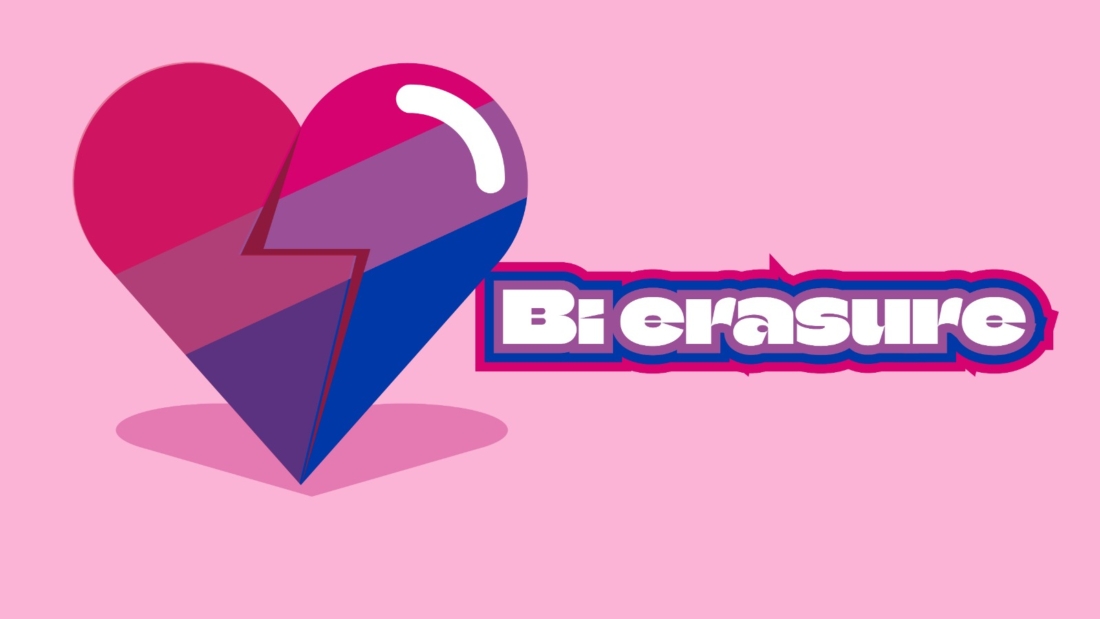Bisexuality refers to a sexual orientation in which a person is attracted to people of more than one gender. However, despite increasing awareness and acceptance of LGBTQ+ identities, bisexual folks continue to face significant obstacles in society. One of the most significant issues is bisexual erasure and biphobia, which undermines the legitimacy and existence of bisexual people.
Bisexual erasure is the tendency to ignore, deny or negate bisexuality as a valid sexual orientation. This occurs in a variety of ways, such as assuming that people can only be attracted to one gender or ignoring the bisexual identity of people in same-gender relationships. It can also manifest in the media and popular culture, where bisexuality is often portrayed as a phase or as a steppingstone to either heterosexuality or same sex attraction. These stereotypes reduce bisexuality to a transient or unstable identity that can be easily dismissed.
Biphobia, on the other hand, refers to the prejudice and discrimination faced by bisexual people because of their sexual orientation. Biphobia can take many forms, from microaggressions to overt discrimination. For example, bisexual people may face harassment, exclusion, or violence from cishet and queer people. This is because bisexual people challenge the heteronormative and binary view of sexuality and gender that dominates society.
Bi-erasure and biphobia have significant consequences for bisexual folx. They can lead to feelings of isolation, shame, and self-doubt. It can also result in mental health issues such as anxiety and depression. Additionally, the lack of representation and recognition of bisexual people can also lead to social and institutional exclusion, such as difficulty finding healthcare providers or legal protections.
One of the most insidious aspects of bisexual erasure and biphobia is the way it is perpetuated within LGBTQ+ communities themselves. Bisexual people often experience exclusion or even hostility from both heterosexual and gay people. Queer people may view bisexuality as a threat to their own identity or assume that bisexual people are merely confused or in denial. Similarly, heterosexual people may view bisexuality as a deviant or immoral behavior. This double rejection can leave bisexual people feeling like they don’t belong in either community, leading to further feelings of isolation and stigma.
To combat bisexual erasure and biphobia, it’s essential to increase awareness and understanding of bisexual identities. This can include supporting bisexuals and advocating for their rights, as well as educating others about the nuances of bisexuality. It’s also important to recognize and challenge stereotypes and misinformation about bisexuality in media and popular culture.
Within LGBTQ+ communities, it’s important to be more inclusive of bisexuals. This can include acknowledging the diversity of sexual orientations and genders, and not assuming that everyone is either heterosexual or queer. Additionally, creating spaces and events that are explicitly welcoming to bisexual folks can help to reduce feelings of exclusion and foster a sense of community.
Finally, it’s important to recognize the intersections between bisexual erasure and biphobia and other forms of oppression. Bisexual people, particularly those who are people of color, disabled, or from low-income backgrounds, may face additional barriers to inclusion and acceptance. Addressing these intersections requires a commitment to diversity and equity, as well as an intersectional approach to advocacy and solidarity.
Bi-erasure and biphobia are significant obstacles facing bisexual people today. These issues can lead to feelings of isolation, stigma, and even violence. To combat these challenges, it’s important to increase awareness and understanding of bisexuality, create inclusive spaces for bisexual folks, and address the intersections between bi-erasure and biphobia and other forms of oppression. Only by working together can we create a society that embraces and values the diversity of sexual orientations and genders.
 Cart is empty
Cart is empty 

